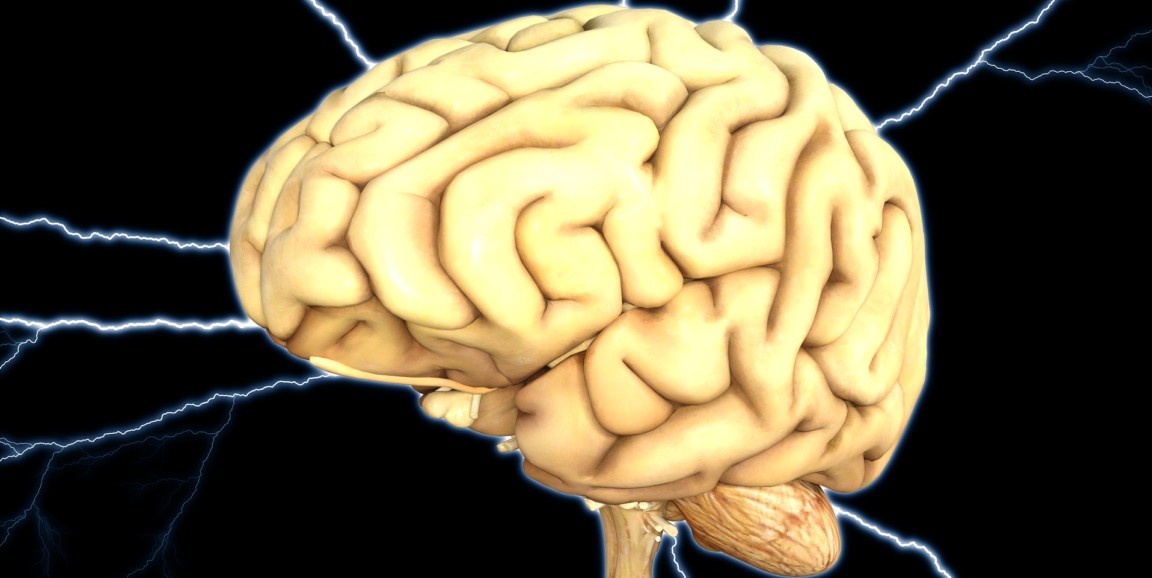People with epilepsy, even those whose seizures are well controlled by medications, often report brief lapses in their ability to think, perceive or remember clearly. A study of electrical activity in patients' brains may help explain why.
The Science Translational Medicine study, conducted by Stanford epilepsy specialist Josef Parvizi, MD, PhD, and postdoctoral scholar Su Liu, PhD, teased apart two types of similar but antithetical patterns of high-frequency electrical activity -- one pathological, the other perfectly normal -- that occur in seizure-prone areas in the brains of people with epilepsy.
The pathological pattern, known to neuroscientists as a "high-frequency oscillation" or HFO, is a subtle, transient signal that can erupt anywhere from 1 to 100 times per minute in a vulnerable brain region. HFOs are understood to be associated with the onset of seizures, But they're also known to occur in the absence of a seizure -- albeit undetectable to the naked eye of an observer, even when that observer is a trained neurologist.
Nobody's been able to say exactly what the effects of these "invisible HFOs" are, until now, at least in part because they've been conflated with another, healthy pattern: the electrophysiological signature of a brain region's engagement in whatever job that particular region is actually meant to do -- to remember, to process visual information or to calculate, for example.
Parvizi and Liu found that in a seizure-prone region of the epileptic brain, an HFO can knock out productive activity for as long as a full second or so. As Parvizi noted in my news release about the study:
A cognitive demand on a brain circuit that's just experienced an HFO is like the doorbell ringing when you've just been punched in the nose and you're still seeing stars... You might not even hear that doorbell, and you're certainly not about to go answer it.
But importantly, the scientists found that very same seizure-prone brain region of a person with epilepsy works just as well as any other person's when its activity isn't being disrupted by HFOs.
That discovery has important implications for neuroscience: It validates the results of copious previous studies in which essential insights into the human brain's workings were derived by observing the exposed seizure-prone brain tissue of people with epilepsy who were being evaluated for possible surgical excision of that tissue.
Findings from these patients with epilepsy have contributed significantly to our understanding of the brain. For instance, experiments in patients with epilepsy led to the discovery of the point-for-point correspondence of each area of the body to a specific point in the part of the brain that's receptive to touch; the hippocampus's crucial role in formulating new memories; and the difference in function between the brain's left and right hemispheres.
The findings also hold implications for neurosurgeons helping patients decide whether to undergo surgical removal of epileptic brain tissue to eliminate seizures or reduce their frequency may want to consider how much of the time the tissue in question is functional, Parvizi told me. If spontaneous HFO rates in the tissue are relatively low, that tissue still retains a lot of cognitive processing ability.
"This should change the way we think about epilepsy," Parvizi said. "For too long, the general impression has been that patients with epilepsy have 'sick brains' and that the best remedy for their 'sick tissue' is to take it out."
But now, it makes sense to reconsider, he said: "Maybe you don't want to throw out the baby with the bathwater."
Photo by Pete Linforth






